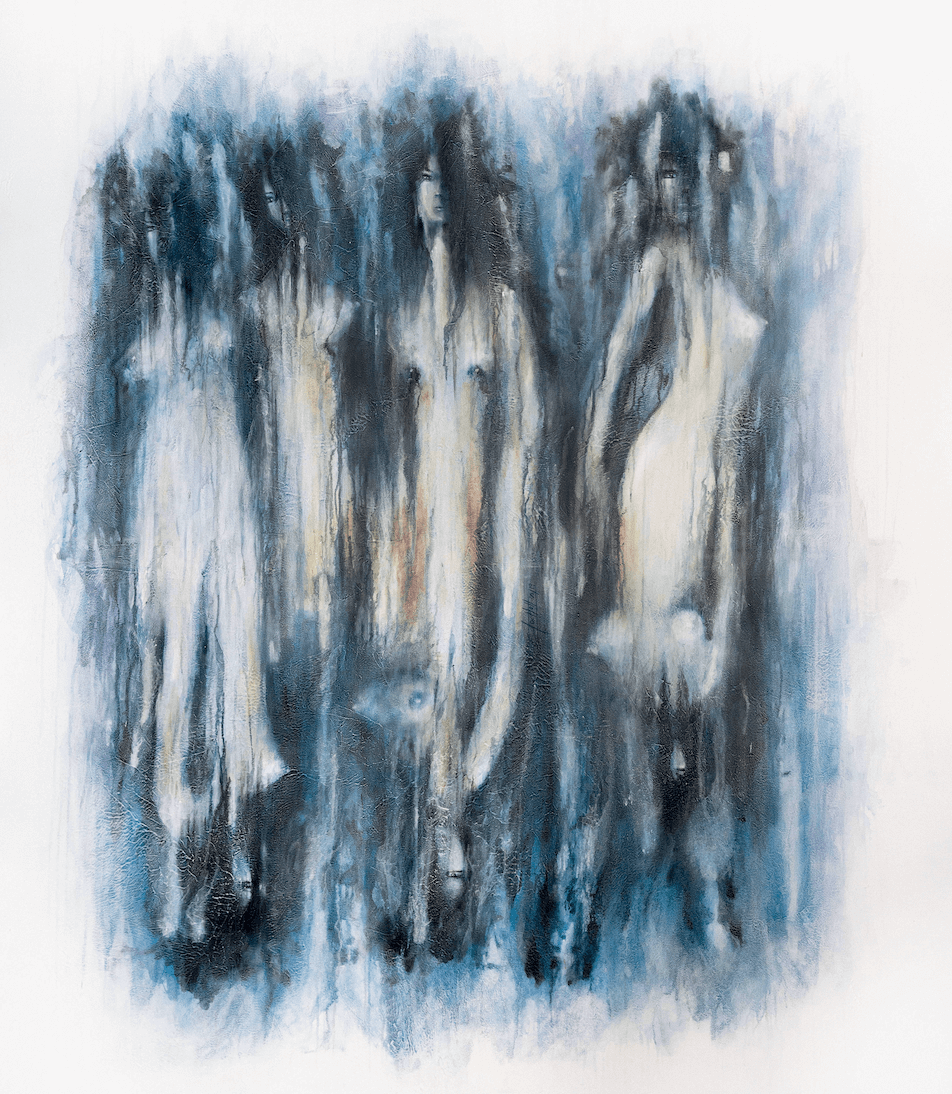DER MENSCH IM WANDEL DER ZEIT
Opening / 15.03. / 18.00-21.00
Exhibition / 16.03. - 13.04.
Benjamin Eck Projects
Müllerstraße 46a / München
Google MapsFacebook EventFive professors exhibit…
DER MENSCH IM WANDEL DER ZEIT
Gerhard Berger
Christian Gammert
Rudi Dieringer
Eckhard Rocholl
Yongbo Zhao
YONGBO ZHAO
Yongbo Zhao's images are drastic, shocking, voyeuristic if you look at them briefly.
At second glance, you can see a profound sarcasm, pure irony and anarchic humor in the exuberant wealth of motifs. With an incomparable painterly brilliance, Zhao takes up the themes of the Old Masters, develops them further, connects them with the history and myths of China and thereby creates a new, fantastic world of images.
It is his answer to political systems and social conditions in East and West, which themselves often take on grotesque features.
Annette von Altenbockhum
RUDI DIERINGER
“For me, a good picture always tells a story that hopefully invites you to go beyond the oh-so-obvious representation. Between the lines.
As a painter, I never explain my pictures, because exactly what the viewer perceives in the picture is the right one. This statement can be far removed from that of the painter.
ECKHARD ROCHOLL
First, studying at the Folkwang School in Essen with a degree in the field
Communication design, illustration, television design and animation techniques.
This was followed by several years of freelance work for WDR - Cologne, for ARD, ZDF and other broadcasters in the area of corporate design and set design.
Then came the switch from television design to film design, to Bavaria Film.
I have been working with my wife, Sabine Rocholl, in the areas of architecture/interior design for many years.
Professor of communication design and digital media design at various locations
Universities.
University of the Art Tainan, University of Technology and Science Yunlin, Taiwan and Hong Kong.
In Germany, lecturer and professor at the Munich University of Applied Sciences, MHMK Munich, MD.H Munich, Schwerin Design University and, for several years, at DHBW Ravensburg.
I have continued to work with analog techniques in painting for several decades. While the digital implementation options are my daily business in teaching and work, I use the qualities of completely traditional working methods.
A so-called original is not only legally a unique piece, as is the case, for example. B. is also protected in digital painting, but can still be reproduced in full.
An analog image is unique. All qualities of the implementation can only be seen in the original. The principles of recognizing and using coincidences are very different in analog work than in digital implementation.
In my opinion there are three major aspects of analogue painting.
First, there is the purely technical debate surrounding all possible representations, regardless of the media.
There is also the purely intellectual, substantive debate.
Any exchange between artists and the people who view and interpret these works.
This is accompanied by numerous forms of social discourse.
And there is the scientific field of work on the nature of communication in humans and animals.
In my pictures the viewer should become a painter himself.
Reading out and recognizing one's personal assets enables individual understanding. In some areas it can be shared with other viewers and in others only visible to itself.
These are the images that are in your head.
Seeing, learning to see is not a closed, finished space, not an academically occupied inner circle, but a permanent interpretation of a possible reality in the minds of all of us.
In contrast to the approach that expressive models can be transformed into a precisely calculated emotional effect on the viewer through the precise use of artistic forms, I contrast the effect of pareidolia.
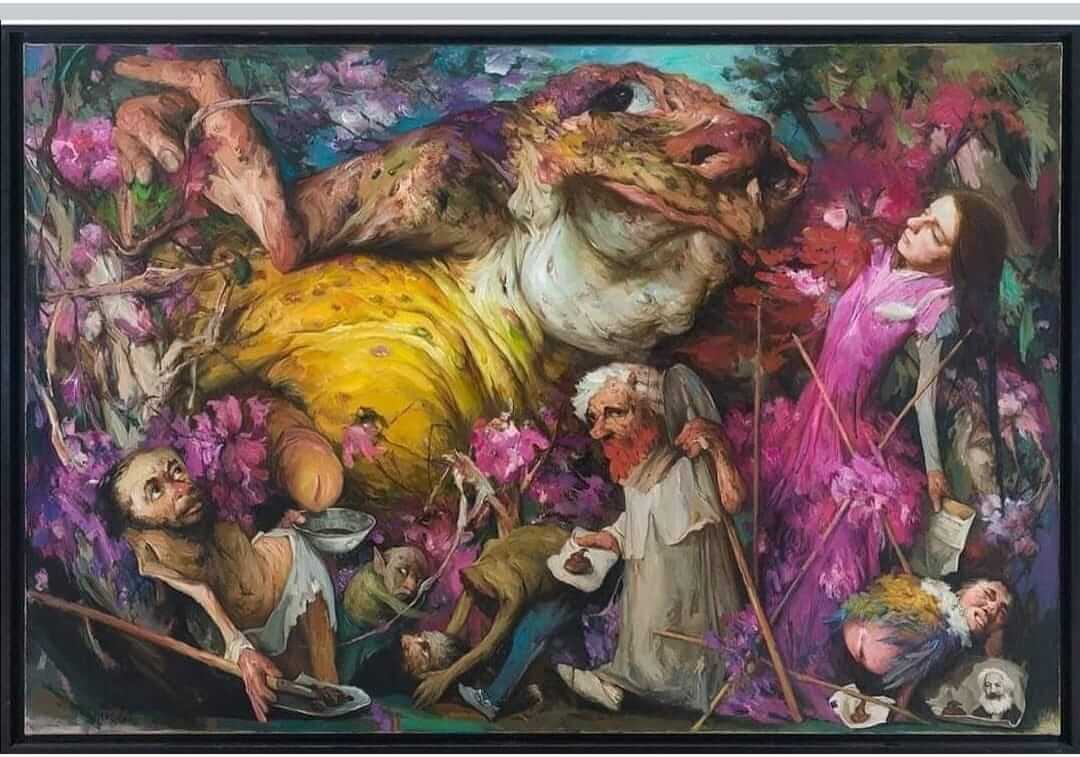
Yongbo Zhao The lust for power knows no bounds
2020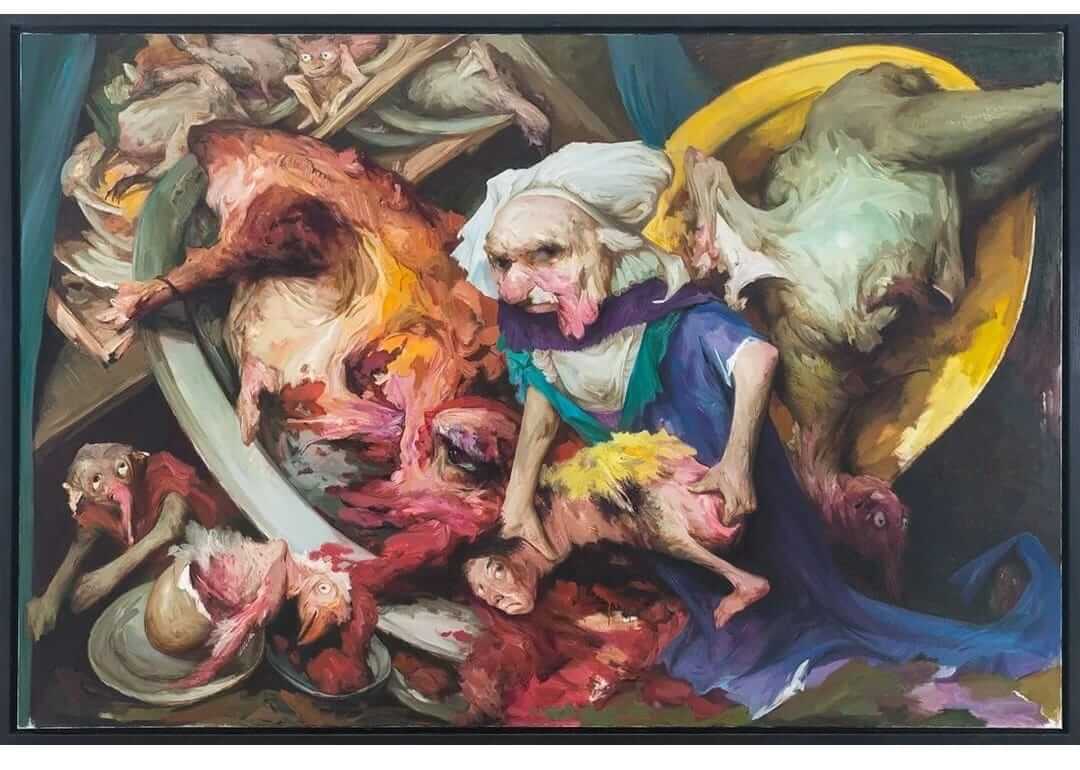
Yongbo Zhao The Last Judgment
2023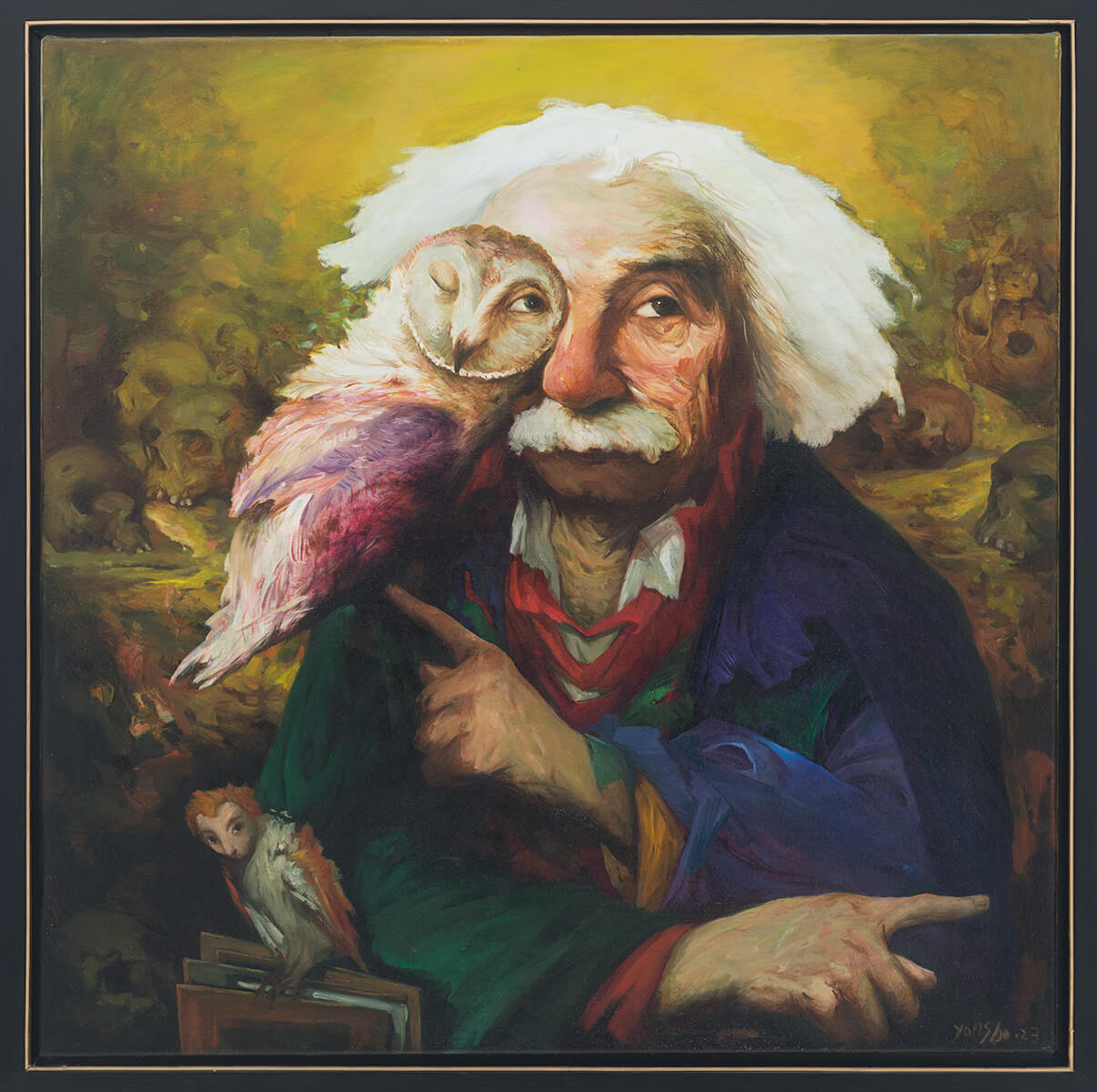
Yongbo Zhao O.T.
2023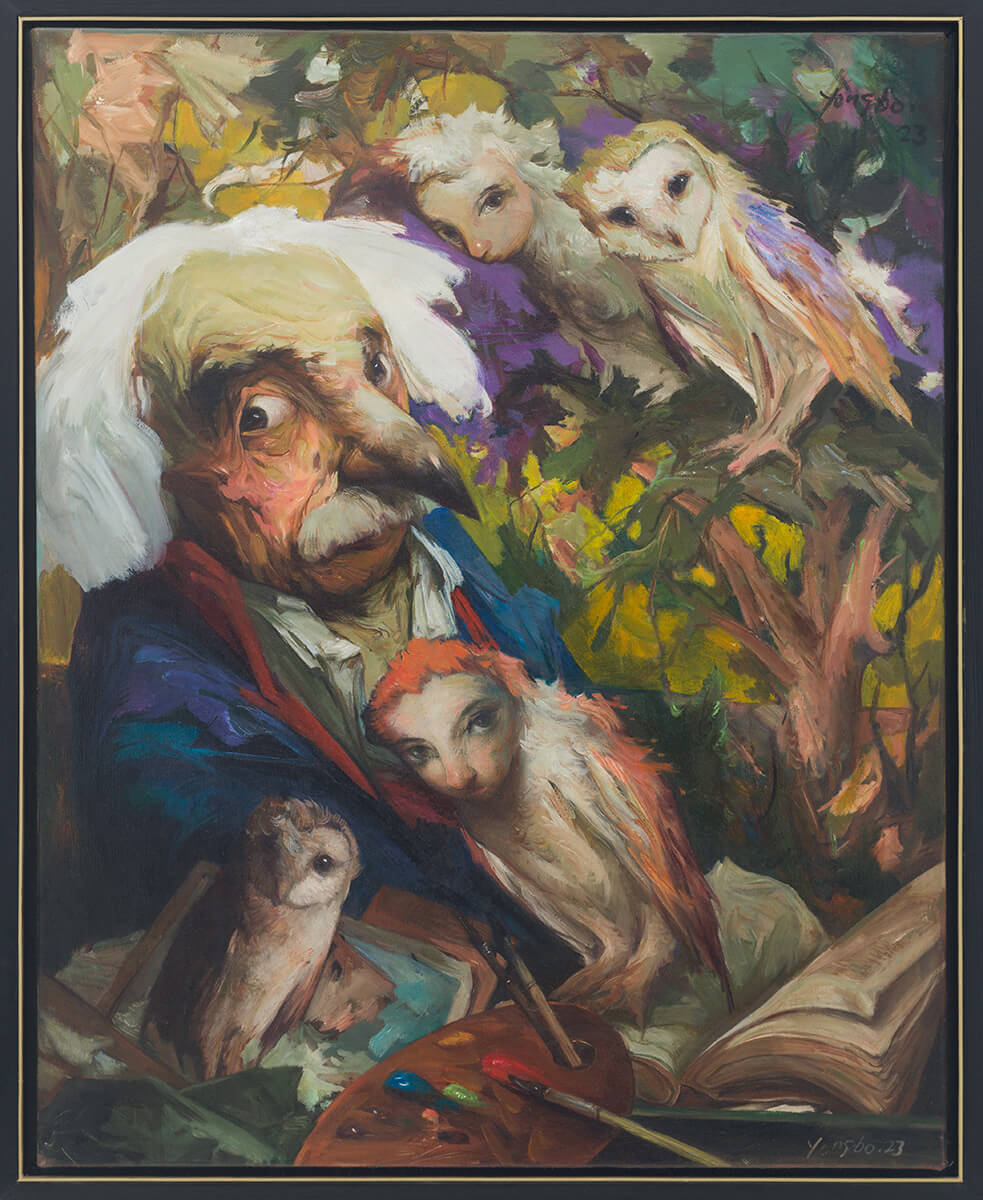
Yongbo Zhao O.T.
2023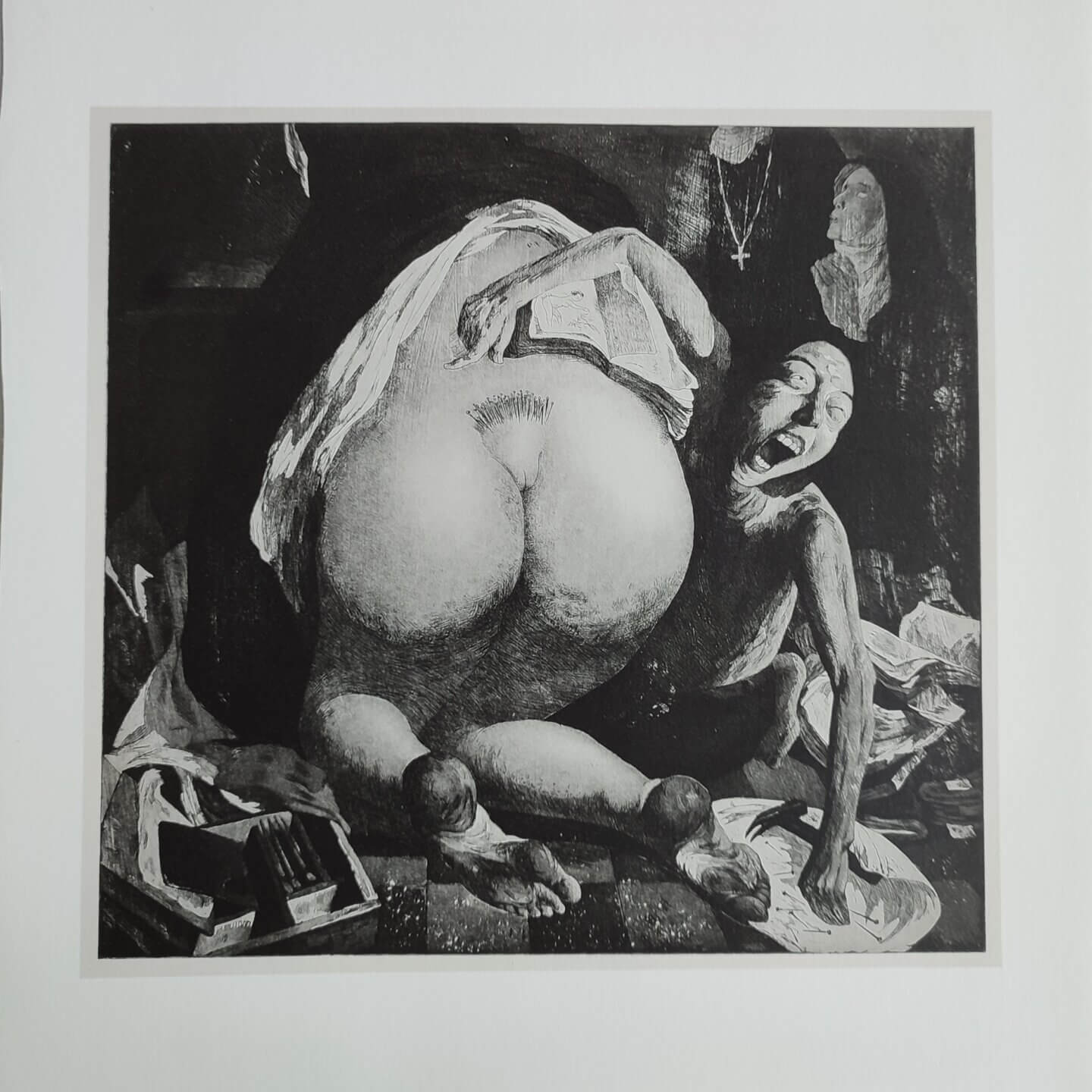
Yongbo Zhao Acupuncture
2023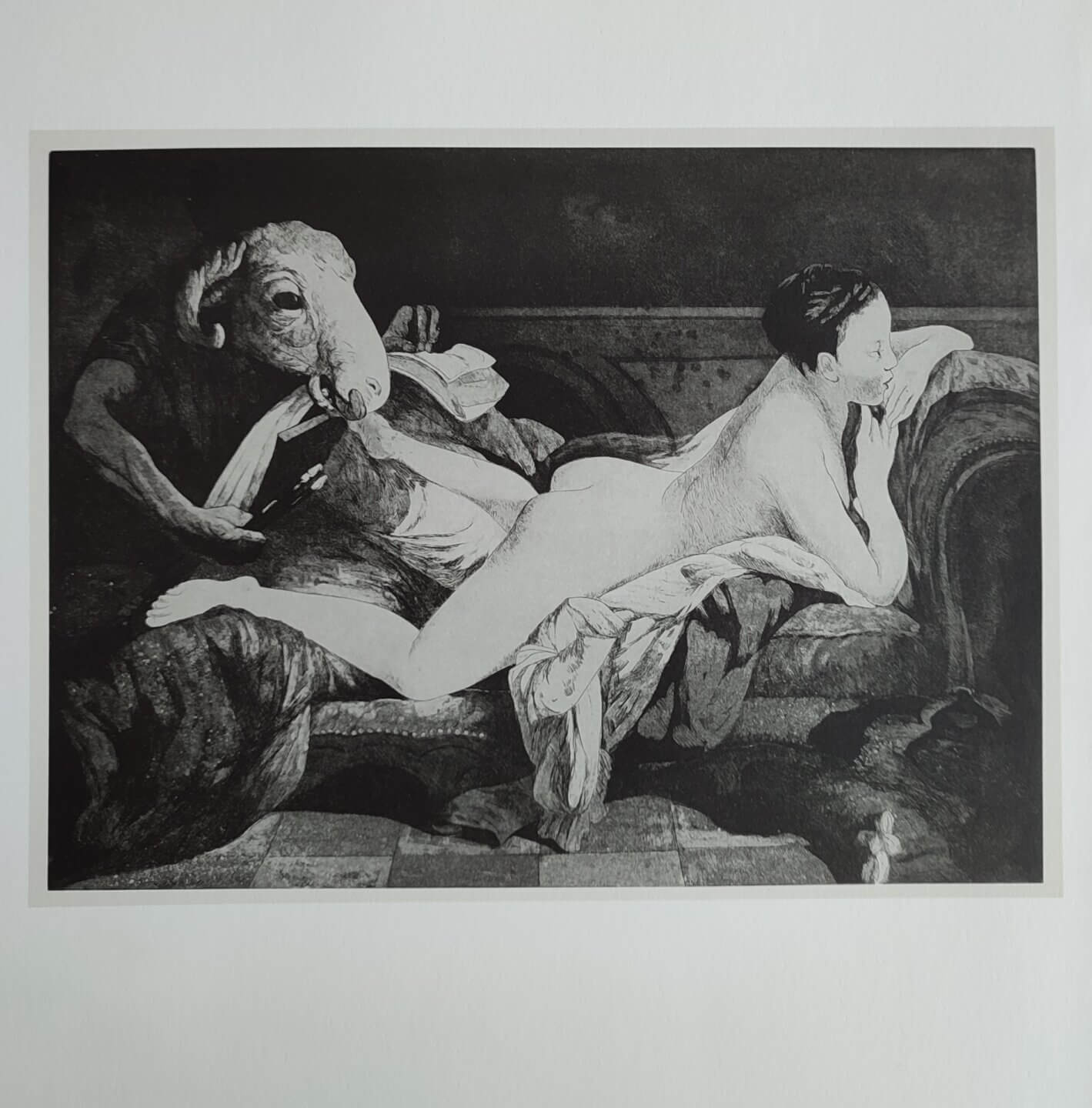
Yongbo Zhao Ruhendes Mädchen
2006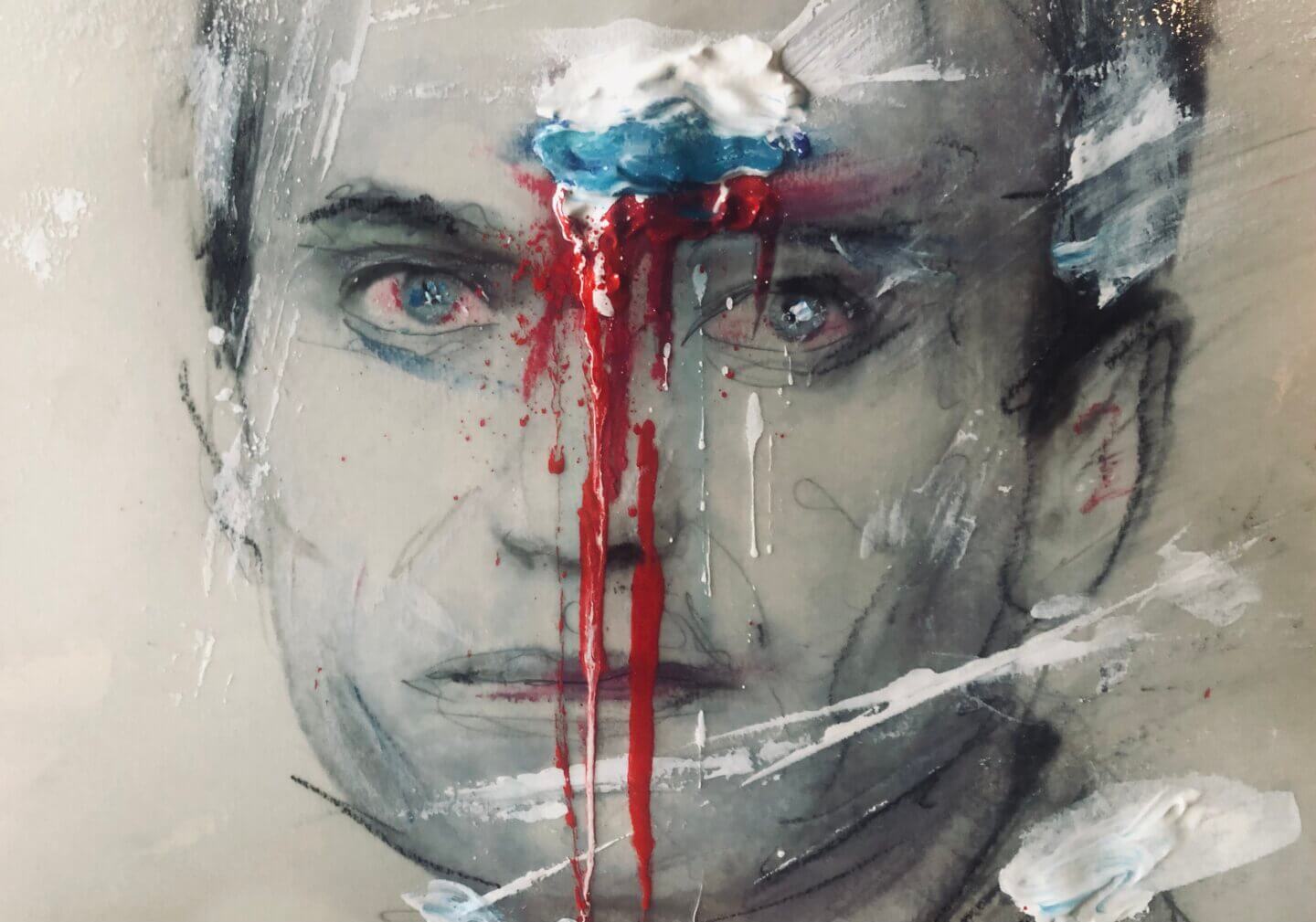
Rudi Dieringer Black Friday
2024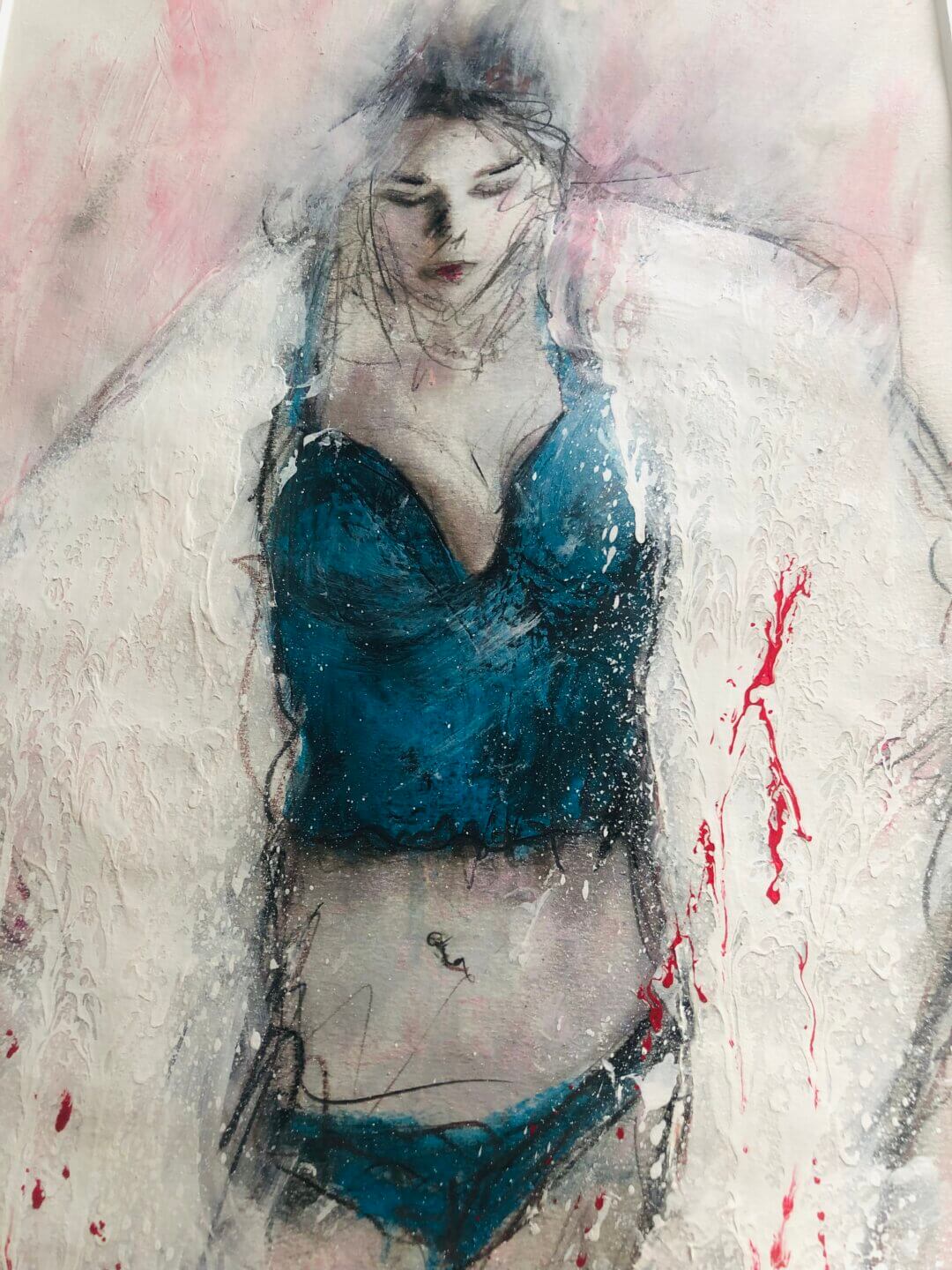
Rudi Dieringer Der weiße Mantel des Schweigens
2024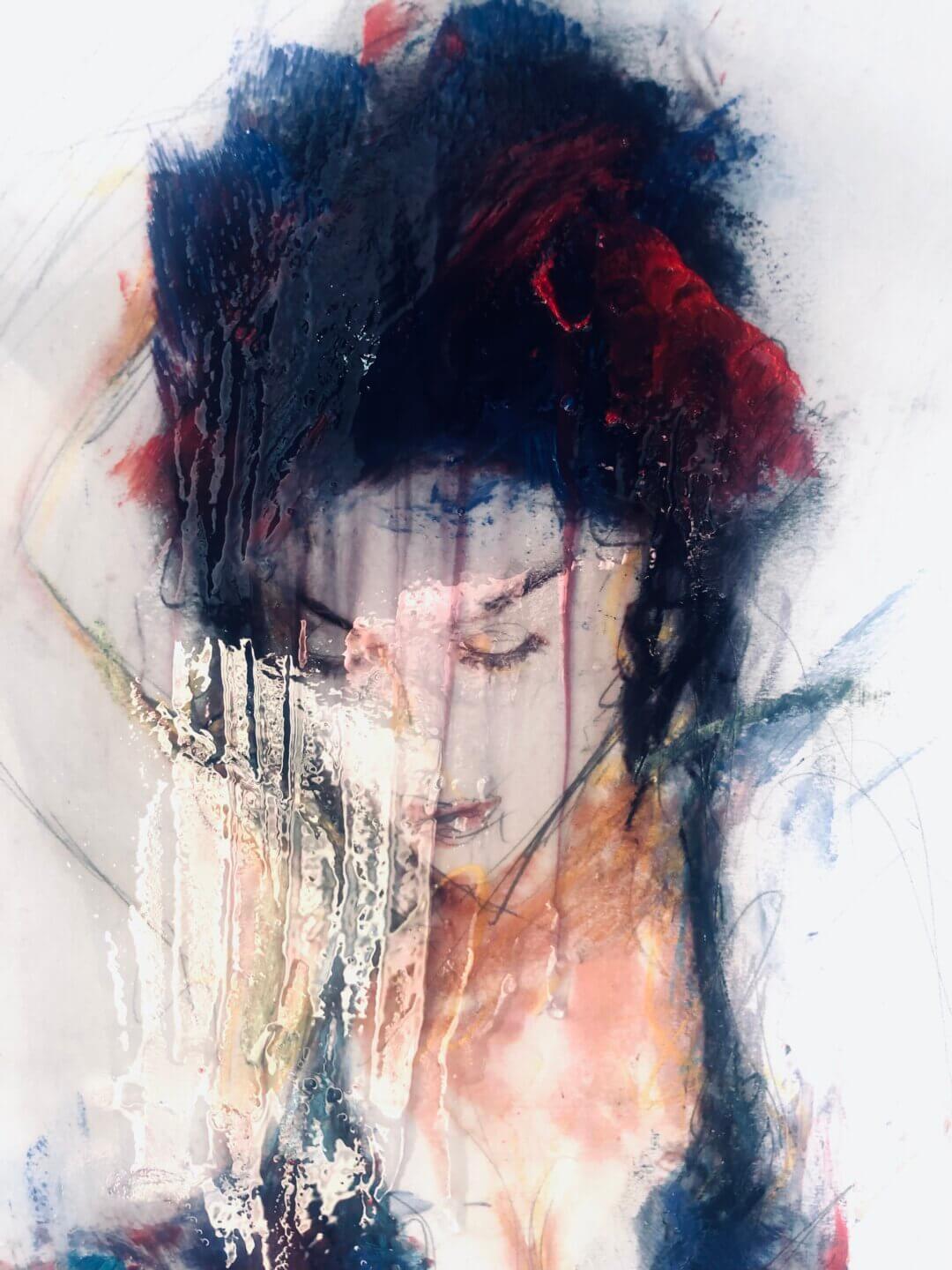
Rudi Dieringer Die Abstraktion der Sinnlichkeit
2024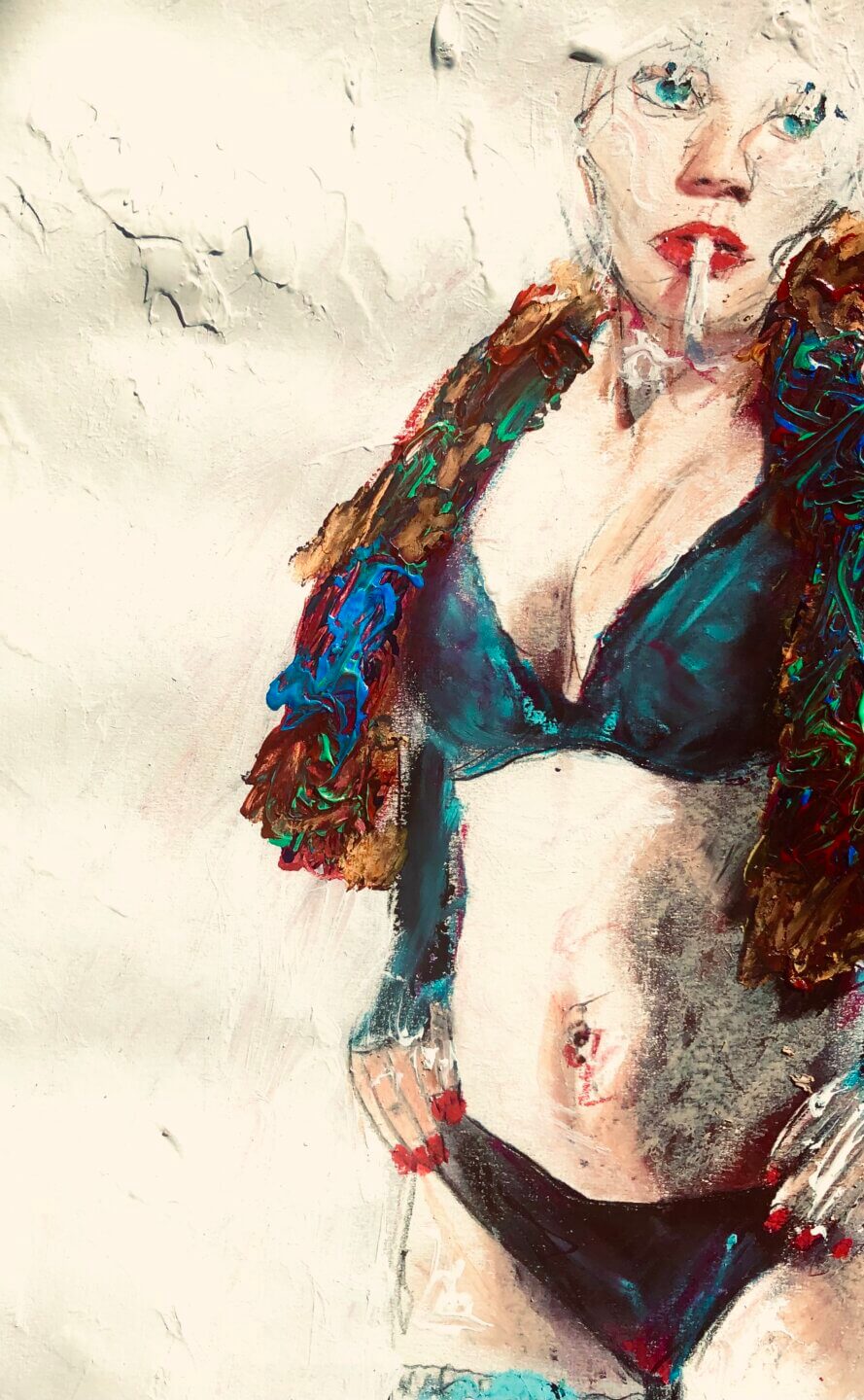
Rudi Dieringer
2024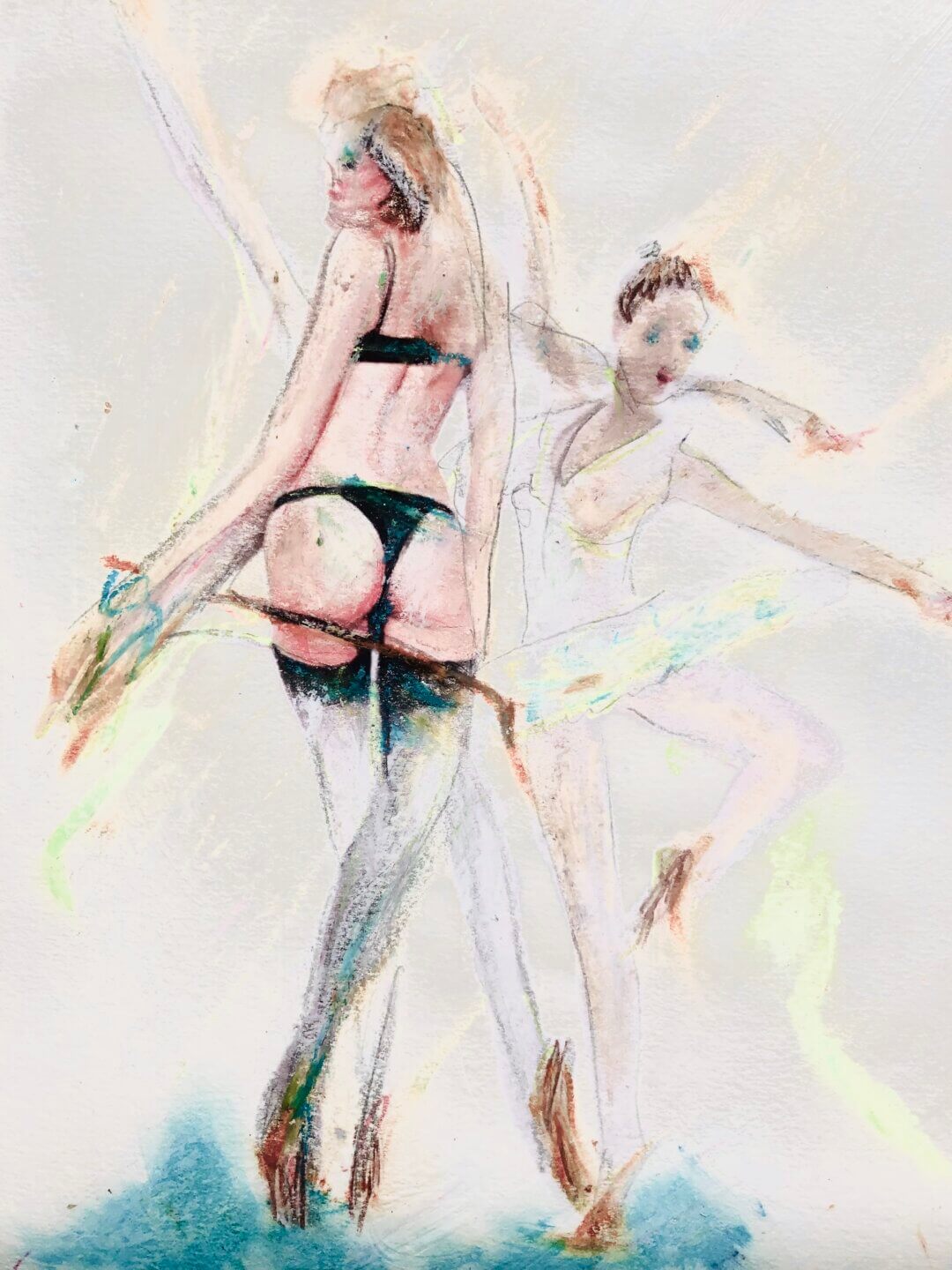
Rudi Dieringer tanz mich!
2024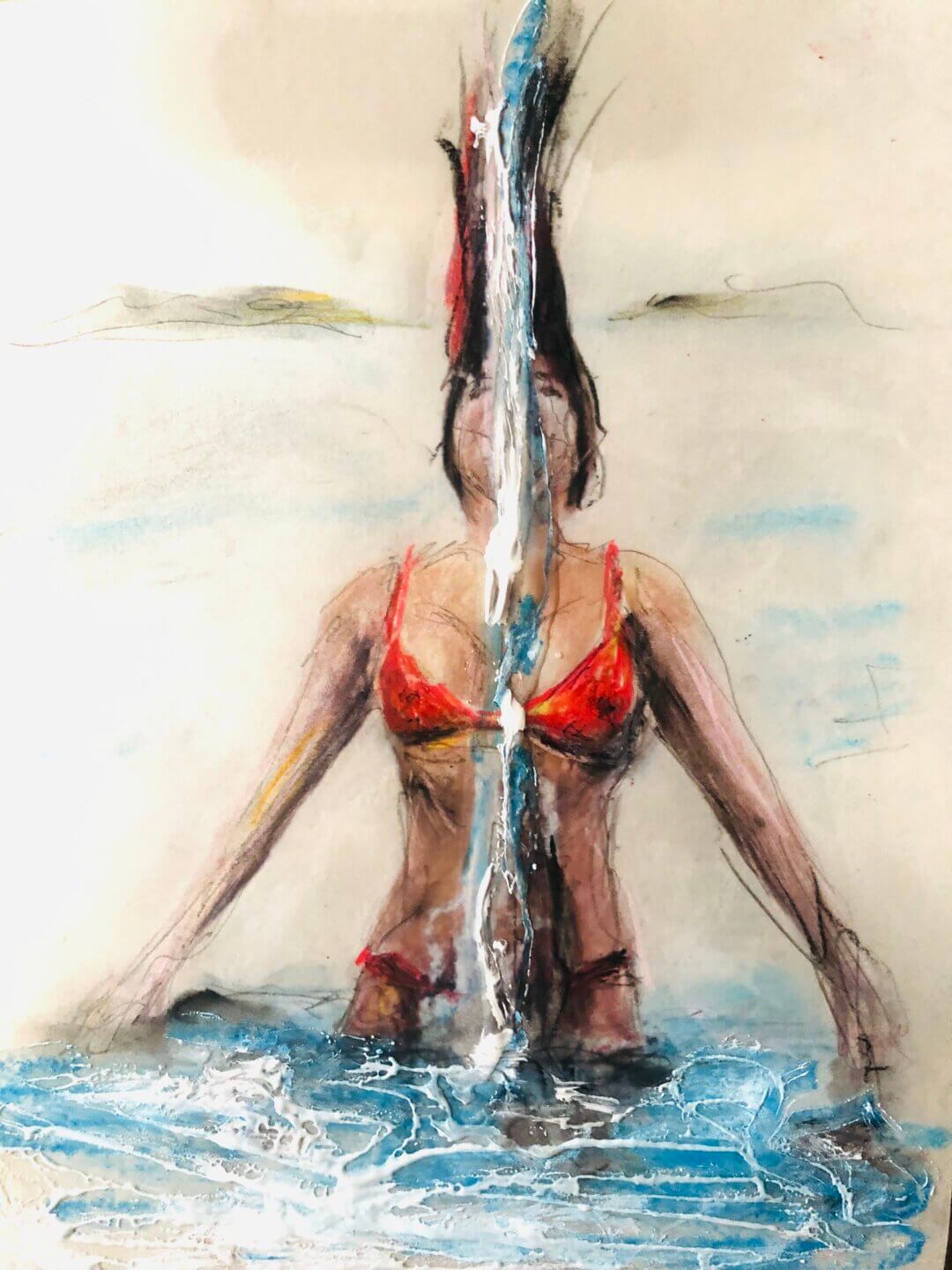
Rudi Dieringer Wasserstrahl
2024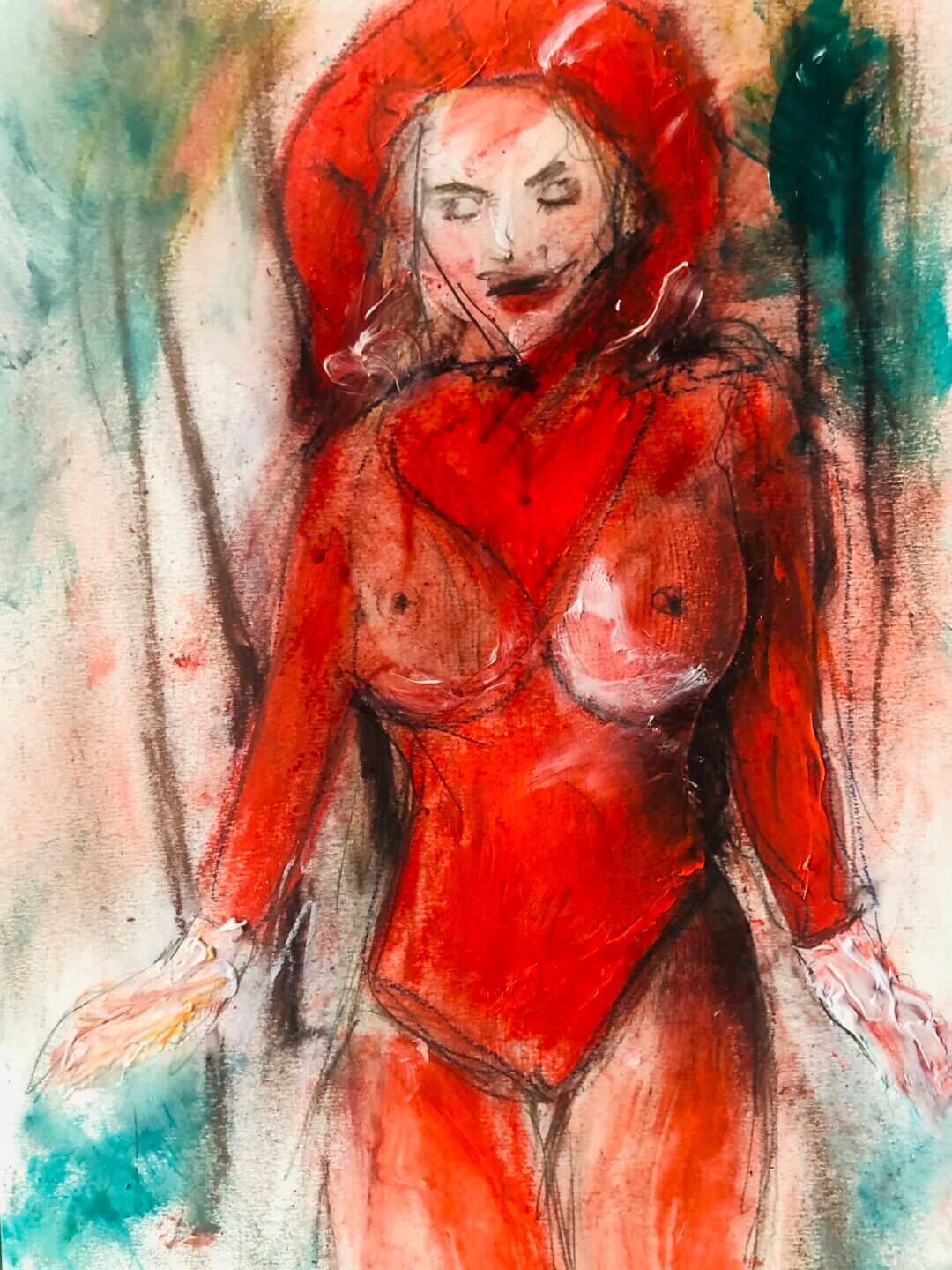
Rudi Dieringer Als das böse Rotkäppchen den braven Wolf fraß
2024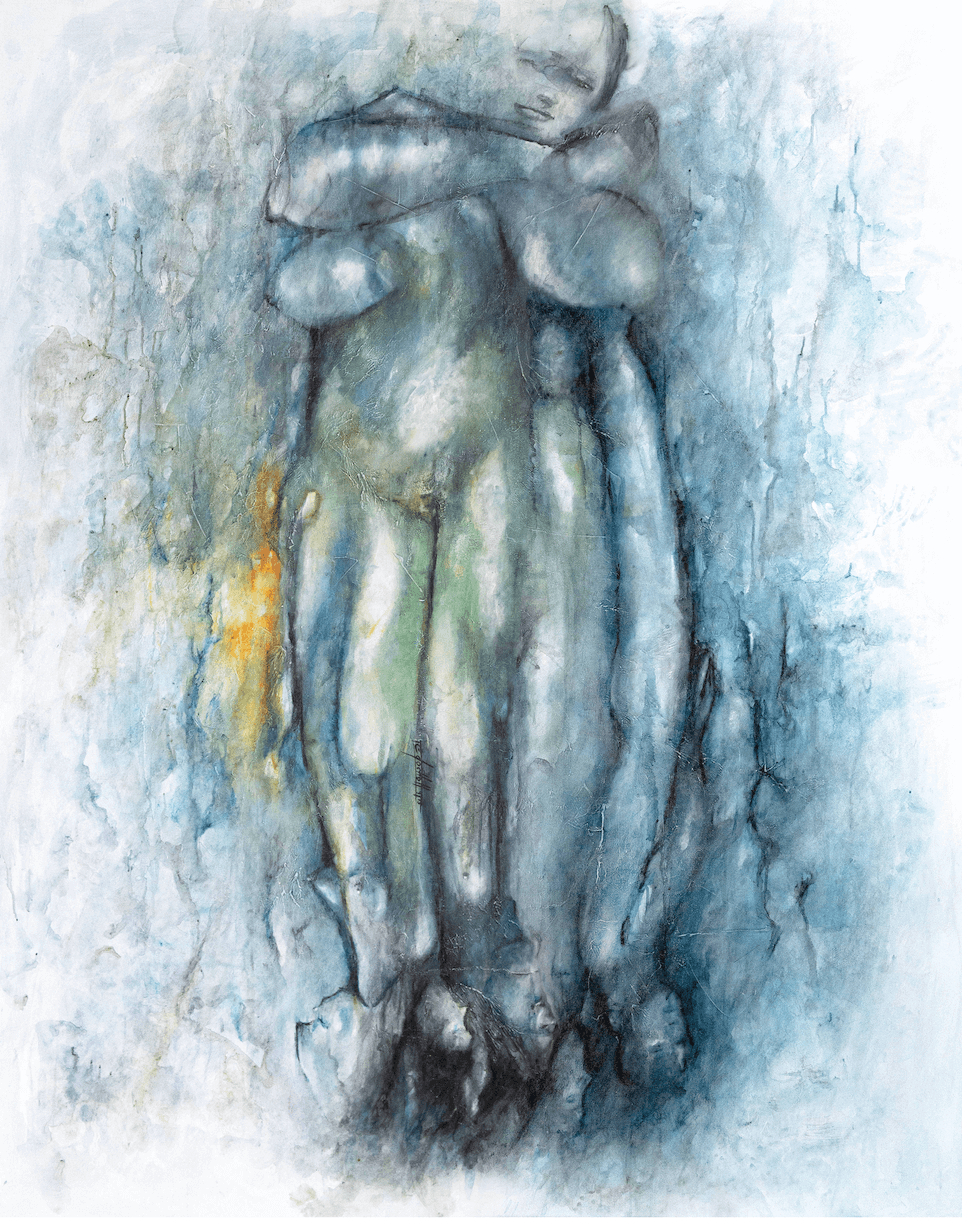
Eckhard Rocholl Sie
2017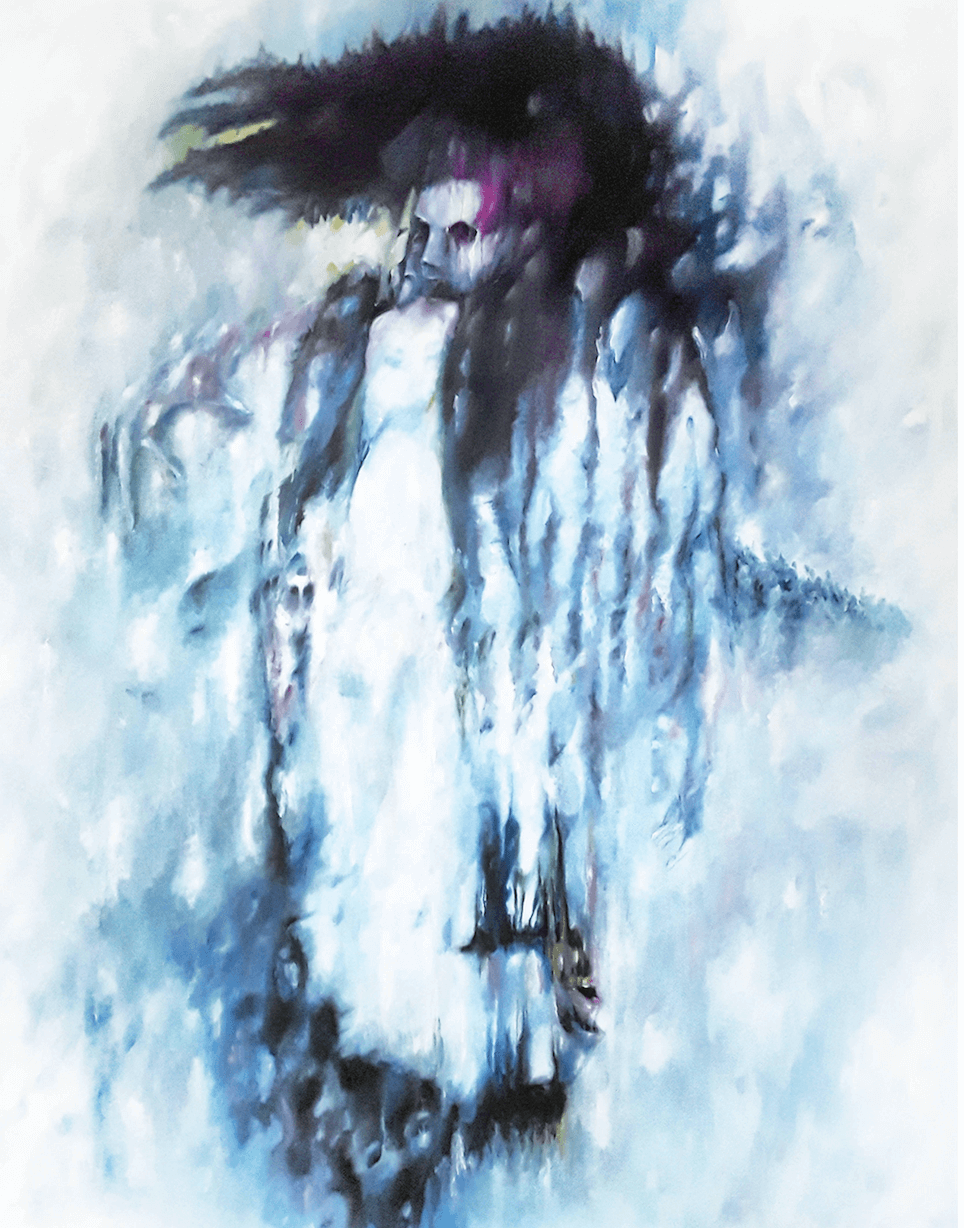
Eckhard Rocholl Der Kopf
2017